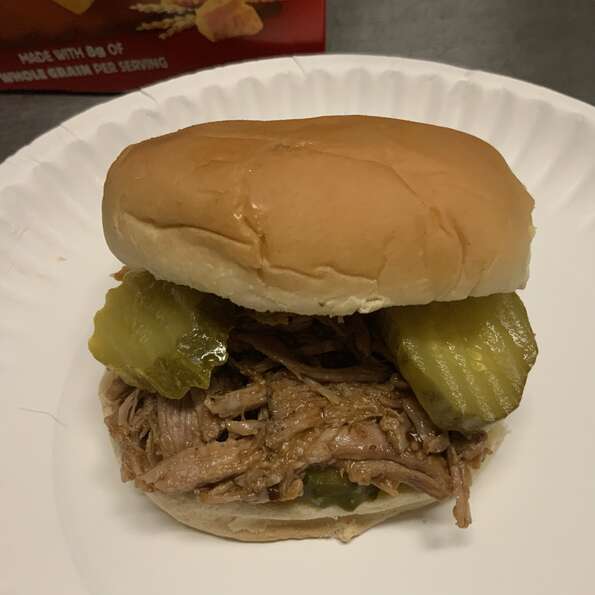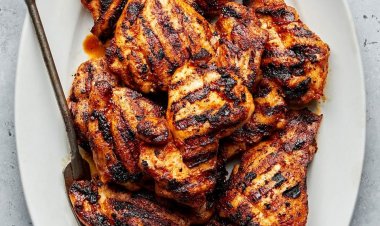Dehydrating A Healthy and Flavorful Preservation Method
1. Discover the art of dehydrating, a healthy and flavorful preservation method that locks in nutrients and taste. Perfect for fruits, vegetables, and herbs, this technique enhances flavors while extending shelf life, making it an ideal choice for health-conscious individuals. Enjoy the convenience of having delicious, ready-to-eat snacks on hand, all while maintaining the natural goodness of your favorite foods. Embrace a sustainable lifestyle with this simple yet effective preservation method!

Dehydrating is a cooking technique that involves removing moisture from food through evaporation. This process is often used to preserve food, concentrate flavors, and create healthy snacks. Dehydrated foods are typically lightweight, shelf-stable, and have a long shelf life.
Benefits of Dehydrating
- Preservation: Dehydrating is a natural way to preserve food without the use of artificial preservatives.
- Nutrient-dense: Dehydrated foods retain many of their nutrients, making them a healthy snack option.
- Lightweight and portable: Dehydrated foods are lightweight and easy to pack, making them ideal for camping, hiking, or traveling.
- Flavorful: Dehydrating can concentrate the flavors of fruits, vegetables, and meats, resulting in a more intense taste.
Dehydrating Equipment
There are several different types of dehydrators available, from simple food dehydrators to countertop appliances. Some people also use their ovens to dehydrate food.
Foods Suitable for Dehydrating
Many types of foods can be dehydrated, including:
- Fruits: Apples, bananas, berries, mangoes, and peaches are all popular fruits to dehydrate.
- Vegetables: Mushrooms, tomatoes, peppers, and onions can be dehydrated for a flavorful snack.
- Meats: Jerky is a popular dehydrated meat that can be made from beef, chicken, or turkey.
- Herbs and spices: Herbs and spices can be dehydrated to preserve their flavor and aroma.
Dehydrating Techniques
The dehydrating process can vary depending on the type of food being dehydrated and the desired outcome. However, there are some general guidelines to follow:
- Prepare the food: Wash, peel, and slice the food into thin, even pieces.
- Arrange the food on the dehydrator trays: Make sure the pieces are not touching.
- Set the temperature: The temperature will vary depending on the type of food being dehydrated. Typically, fruits and vegetables are dehydrated at temperatures between 135°F and 155°F (57°C to 68°C).
- Dehydrate until dry: Dehydrate the food until it is leathery and no longer moist. This can take several hours or even days, depending on the thickness of the pieces and the humidity level.
Dehydrated Food Storage
Once dehydrated, food should be stored in airtight containers in a cool, dry place. Dehydrated foods can last for several months or even years when stored properly.
Dehydrating is a healthy and versatile way to preserve food and create delicious snacks. By following these tips, you can enjoy the benefits of dehydrated food and experiment with different flavors and textures.










